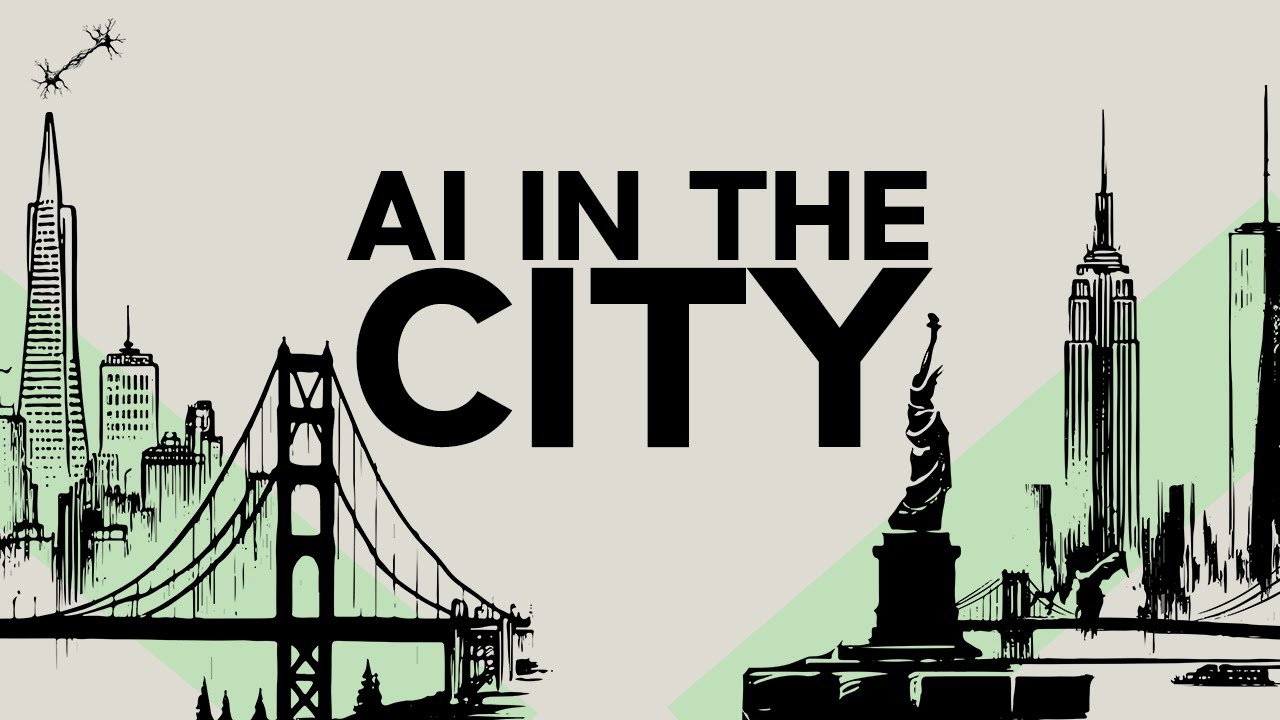The video discusses how AI has impacted cities like San Francisco and New York City. San Francisco experienced a revitalization through AI startups and investments, while New York City faced challenges in effectively implementing AI solutions to address urban issues.
The video discusses the impact of AI on two major cities, San Francisco and New York City. San Francisco, once a tech hub, faced challenges such as homelessness, social disorder, high housing costs, and a pandemic-induced exodus of its population. The city’s revenue plummeted, leading to vacant offices and a financial crisis. However, with the rise of AI startups and investments, San Francisco began to see a turnaround. The city’s proximity to top universities like Stanford and UC Berkeley attracted AI talent, leading to a boom in AI startups and innovations. This influx of AI expertise revitalized the city, reducing crime rates, boosting investments, and making it a more attractive place for startups.
On the other hand, New York City struggled with a shrinking population, rising crime rates, and challenges in governance post-pandemic. Mayor Eric Adams embraced technology, including AI, as a solution to the city’s problems. Various AI initiatives were tested in the city, from facial recognition at venues like Madison Square Garden to security robots in subways. However, these initiatives faced criticism and challenges, such as privacy concerns and effectiveness issues. New York’s diverse and complex nature made it difficult to manage, but AI was seen as a potential tool to enhance safety and efficiency in the city.
In New York’s subways, AI was proposed as a way to improve crime prevention and resource allocation. By using AI-powered security cameras to recognize patterns and predict crimes, authorities could better allocate resources and respond proactively to incidents. Despite concerns about privacy and the need for human oversight, AI showed promise in enhancing public safety and operational efficiency in the city. New York also experimented with AI in various other sectors, such as optimizing bus lines, tree pruning schedules, and utility bill audits, showcasing the potential for AI to transform different aspects of urban governance.
The video highlights the contrasting experiences of San Francisco and New York City in leveraging AI to address urban challenges. While San Francisco’s AI boom revitalized the city and attracted investments, New York City faced hurdles in implementing AI solutions effectively. The debate around AI deployment in cities raises questions about governance, privacy, and efficiency. Whether AI leads to a surveillance state or a more well-run city remains a topic of discussion. As both cities navigate the complexities of integrating AI into urban management, the future of AI in urban environments holds the promise of enhancing safety, efficiency, and quality of life for residents.
